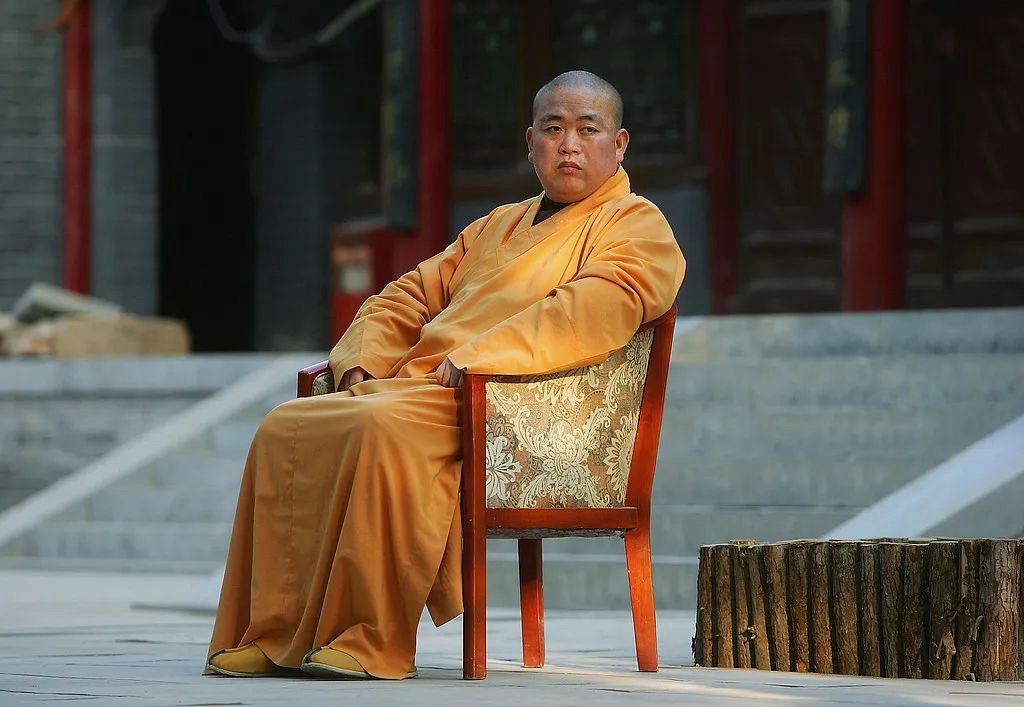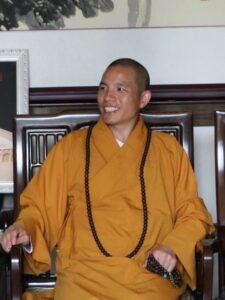Introduction
The Shaolin Temple, situated at the foot of Mount Song in Henan Province, China, is a globally recognized institution synonymous with Zen Buddhism and Shaolin Kung Fu. Established in 495 AD during the Northern Wei Dynasty by Emperor Xiaowen for the Indian monk Batuo, it has evolved into a cultural and spiritual landmark. This report provides a detailed examination of the temple’s historical significance, the leadership of its current abbot, Shi Yongxin, and the controversies surrounding his tenure, particularly in light of recent developments as of July 28, 2025, at 02:11 PM HKT.
Historical Context of Shaolin Temple
The temple’s history spans over 1,500 years, marked by significant milestones. It was initially established as a center for Buddhist learning, with its importance growing following the arrival of Bodhidharma in 527 AD, who introduced Chan (Zen) Buddhism and is credited with developing exercises that evolved into Shaolin Kung Fu. The temple has faced multiple destructions, notably in 1928 when warlord Shi Yousan set fire to it, causing a 40-day blaze that destroyed much of its heritage. Its restoration, supported by global martial arts donations following the 1982 film The Shaolin Temple starring Jet Li, led to its designation as a UNESCO World Heritage Site in 2010, alongside the Pagoda Forest. Today, it hosts daily Kung Fu performances, attracting up to 40,000 tourists, and remains a symbol of Chinese cultural heritage.
Shi Yongxin: Background and Leadership
Shi Yongxin, born Liu Yingcheng in 1965 in Anhui Province, entered monastic life at the age of 16 and received full precepts in 1984. After studying at various Buddhist colleges, he became heir-apparent at 22 and formally assumed the abbotship on August 19-20, 1999, succeeding Shi Xingzheng. His leadership has been characterized by efforts to globalize Shaolin culture, establishing over 40 companies worldwide by 2011, including in London and Berlin, and promoting Kung Fu through international training centers. He holds positions such as Chairman of the Henan Province Buddhists Association and Vice Chairman of the Buddhist Association of China, reflecting his influence in religious governance.
Shi Yongxin’s approach, often dubbed “CEO Monk,” has modernized the temple by leveraging tourism and media to enhance its global brand. However, this commercialization has drawn criticism, with reports of accepting gifts such as a 160,000 Yuan ($23,439 USD) robe in 2009 and a Volkswagen Touareg 4×4 worth over 1,000,000 Yuan in 2006, as well as implementing admission and incense fees. In 2001, he oversaw the demolition of a surrounding village to support a UNESCO bid, further fueling debates about balancing tradition and modernity.
Controversies and Allegations
Shi Yongxin’s tenure has been marred by controversies, beginning with criticisms of running the temple like a business. In May 2011, a rumor emerged of him soliciting prostitutes, which the temple denied, claiming he was performing a Buddhist service. More significantly, in 2015, a former disciple accused him of fraud, sexual misconduct, and fathering a child, allegations investigated and cleared at the time after a 15-month probe involving a DNA test and scrutiny of a $25,000 gold-thread robe. In 2017, due to insufficient evidence, previous investigations were revoked.
As of July 27, 2025, the situation escalated with the Shaolin Temple announcing an investigation into Shi Yongxin for embezzlement, misappropriation of funds, and serious violations of Buddhist precepts. Specific allegations include maintaining improper relationships with multiple women and fathering illegitimate children, actions described as “extremely bad” by the Buddhist Association of China. On July 28, 2025, Beijing’s top Buddhist association moved to strip him of his ordination certificate, a significant step indicating disrobement. News outlets such as BBC, CNN, The Guardian, and Bloomberg have reported on these developments, highlighting the temple’s statement and the ongoing joint investigation by multiple departments, with findings to be announced in due course. Web searches conducted on July 28, 2025, confirm these reports, with sources like Dimsum Daily, China.org.cn, and ABC News detailing the allegations of criminal offenses, financial misconduct, and personal improprieties.
Impact and Future Prospects
The investigation into Shi Yongxin has profound implications for the Shaolin Temple. As a global symbol of Buddhism and martial arts, the temple must navigate this crisis to maintain its reputation. The temple’s administration has committed to cooperating with the investigation, but the absence of its long-time leader poses challenges for governance and public perception. The global Shaolin community, including disciples and cultural enthusiasts, is closely monitoring the outcome, which may influence the temple’s future direction in preserving its spiritual and martial heritage. The investigation’s resolution could either prompt leadership reforms if Shi Yongxin is found guilty or reinforce his position if proven innocent, potentially deepening community divisions.
Conclusion
The Shaolin Temple’s rich history and Shi Yongxin’s leadership reflect the tension between tradition and modernity in religious institutions. While his efforts have elevated the temple’s global profile, the recent allegations of financial and personal misconduct, as of July 28, 2025, underscore the complexities of leadership in such revered settings. The resolution of this investigation will likely shape the temple’s legacy, balancing its cultural significance with the need for ethical governance.
Supporting Data
The following tables summarize key milestones and controversies related to Shi Yongxin and historical events of the Shaolin Temple:
Key Milestones and Controversies Related to Shi Yongxin: Year Event Details 1965 Birth Born Liu Yingcheng in Anhui Province. 1981 Entered Monastic Life Joined Shaolin Temple at age 16, received Dharma name Yongxin. 1984 Received Full Precepts Ordained at Pu Zhao Monastery, Jiangxi Province. 1999 Became Abbot Formally took office as 30th abbot on August 19-20, succeeding Shi Xingzheng. 2006 Accepted Expensive Gift Received Volkswagen Touareg 4×4 worth over 1,000,000 Yuan. 2009 Accepted Expensive Gift Received robe worth 160,000 Yuan ($23,439 USD). 2011 Prostitution Rumor Denied by temple, claimed performing Buddhist service. 2015 Fraud and Misconduct Allegations Investigated and cleared after 15-month probe, including DNA test. 2017 Previous Investigation Revoked Due to insufficient evidence. 2025 Investigation for Embezzlement and Misconduct Announced July 27, accused of embezzlement, improper relationships, fathering children; disrobement process initiated by July 28.
Historical Events of Shaolin Temple: Year Event Details 495 Shaolin Temple Founded Established by Emperor Xiaowen for Indian monk Batuo. 527 Bodhidharma’s Arrival Introduced Chan (Zen) Buddhism, laying foundation for Shaolin Kung Fu. 1928 Fire Destruction Warlord Shi Yousan set fire, lasting over 40 days, destroying heritage. 1982 The Shaolin Temple Film Released Starring Jet Li, boosted global interest and donations for restoration. 2010 UNESCO World Heritage Designation Recognized for cultural and historical significance, including Pagoda Forest.
References:
- Wikipedia: Shaolin Monastery
- Wikipedia: Shi Yongxin
- BBC News: Shaolin Temple abbot under investigation
- CNN: Head of China’s famed Shaolin Temple under investigation
- The Guardian: Head of Shaolin Temple in China under investigation
- Bloomberg: China Probes Celebrity Monk for Embezzlement, Sex Misconduct
- Additional sources from web search on July 28, 2025, including Dimsum Daily, China.org.cn, and ABC News, confirming the investigation details.

